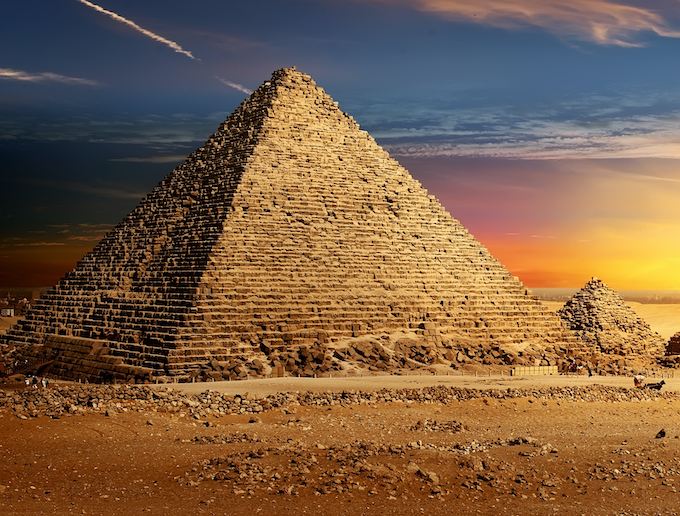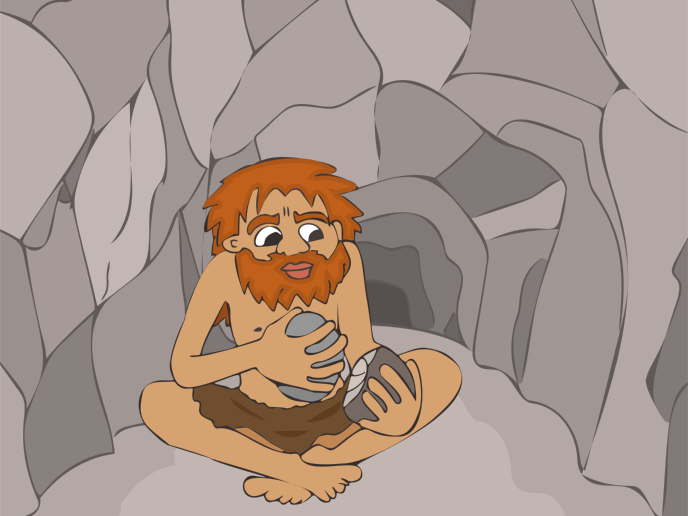Inside the minds of ancient Egyptians
How did ancient Egyptians perceive the world? This fascinating question was explored in the experimental MAP project, which used ancient scriptures to learn how the physical environment shaped the minds of those living within it. “MAP was a pioneer research project dealing with the definition of the constitution of space in ancient Egypt,” says Elena Tiribilli, principal investigator on the MAP project team. The project sought to find specific points of contact where landscapes had profound effects on both individuals and collective Egyptian society, whose religious beliefs were closely linked to the physical world. “Ancient Egyptian religious elites conceived their external environment through mythical and symbolic interpretations, where the borders between religion and topography were much less clear than in modern perception,” says Tiribilli. MAP combined the critical theory ‘sociology of space’ with archaeological evidence to examine the fundamental links between thinking and space in relation to the geography of ancient Egypt. The project focused on texts and the priests who wrote them, dating from the Late Period(opens in new window) in Egyptian history (664-332 BC), from the western Delta of Egypt. It was during this epoch that ancient Egyptian scribes began documenting, canonising and codifying sacred regional geography. “With all of the collected documentation related to these priests gathered together, there emerges a very dense and intricate picture, represented by many individuals with their families. The results have highlighted a complex social setting, consisting of an intricate web of relationships between people, the religious landscape, politics and territory of the First Millennium BC,” Tiribilli explains.
Classifying the divine
New religious institutional figures known as ‘regionally specific sacerdotal officials’ arose in the Late Period, subjects which, until the MAP project, had not been extensively studied. “The investigation of this kind of official had not attracted the attention of Egyptologists prior to our research, but they surely played a key role in the representation and ‘administration’ of the conceptual space inside the mind of ancient Egyptian society, since they were linked, through their epithets, to mythological and theological geographies,” Tiribilli says. “Ancient Egyptian temple libraries contained a number of written texts, the so-called ‘cult-topographic manuals’, which provided lists of geographic places and religious entities, which converted a physical geographical environment into an imaginary space through mythical and symbolic interpretations,” Tiribilli explains.
Into the field
The MAP project carried out a comprehensive study, taking six ancient Egyptian provinces into account. These provinces, from the second to seventh in Lower Egypt, are home to some of the most important religious centres such as the vast metropolis of Xois, and the ancient settlement of Kom el Hisn. Thanks to the support of Horizon 2020 and the Marie Skłodowska-Curie programme, the MAP project was able to perform extensive museum and archive research and create a more detailed dataset related to these priests. Tiribilli carried out an archaeological survey in the western Delta to align archaeological, topographical and religious knowledge. “The grant allowed me to investigate a relatively under-researched topic, and to shed new light on the relationships between people and the landscape during the First Millennium BC. I am also proud to have acquired multiple skills at the Department of Archaeology at Durham University(opens in new window), thanks to an inspiring and supportive team and to a flourishing environment,” Tiribilli says.







